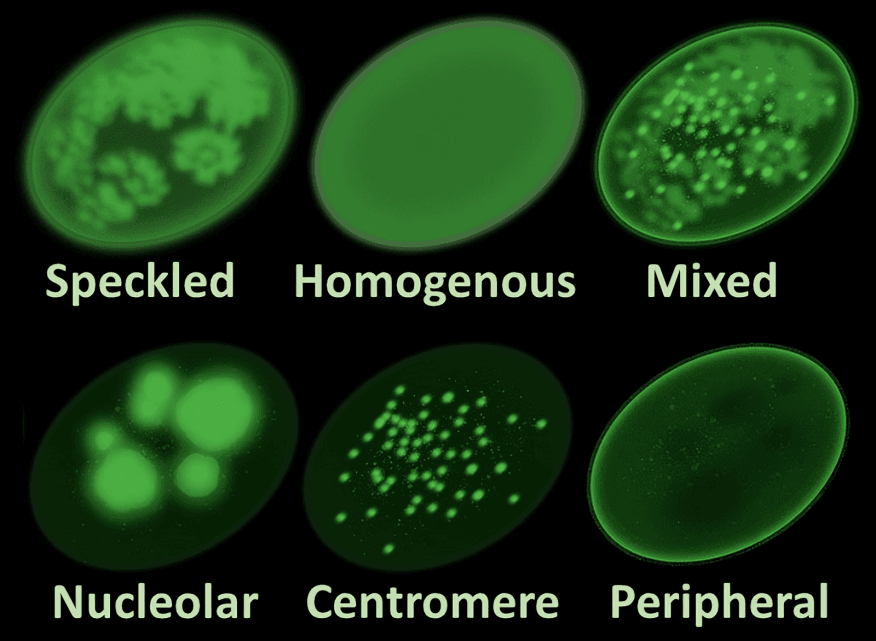
“
Understanding autoimmune diseases is crucial for identifying the complex ways our immune system can turn against the body. This condition arises when the immune system, meant to defend against threats, mistakenly attacks healthy cells and tissues. 1
1
”
Hippocrates, the father of medicine, once described diseases that mirrored modern autoimmune symptoms, though the concept of the immune system had not been developed during his time. 1
Autoimmune diseases develop when the immune system mistakenly attacks the body’s own tissues, often leading to inflammation, pain, and chronic organ or joint damage over time. 2

There are more than 80 distinct autoimmune diseases, each affecting different organs and systems, ranging from the skin and joints to the nervous system and internal organs.
Women are disproportionately affected by autoimmune diseases, making up about 78% of diagnosed cases globally, likely due to hormonal and genetic differences in immune response. 3
Conditions like lupus and multiple sclerosis have flare-ups and remissions, meaning symptoms can suddenly worsen and later ease without warning, making diagnosis and treatment more difficult. 4
Type 1 diabetes is an autoimmune disease where the immune system destroys insulin-producing beta cells in the pancreas, often beginning in childhood or adolescence. 5
Rheumatoid arthritis targets the synovial lining of joints, causing painful swelling and joint deformity if left untreated, and can also impact organs such as the lungs or heart. 6
Autoimmune diseases often run in families, indicating a strong genetic component, although members may develop different autoimmune conditions rather than the same one. 7
Stress is believed to be a key factor in triggering or worsening autoimmune responses, likely because of its suppressive or dysregulating effect on the immune system. 8

Antinuclear antibody (ANA) tests are often used to screen for autoimmune activity, though a positive result doesn’t always confirm disease and requires further investigation.
Autoimmune skin conditions such as psoriasis or vitiligo cause visible symptoms like scaling or pigment loss, often leading to psychological stress in addition to physical discomfort. 9
Immunosuppressive drugs, including corticosteroids and biologics, are commonly used to manage symptoms by reducing abnormal immune responses and preventing further tissue damage. 10
Diet and lifestyle changes, like adopting anti-inflammatory foods or stress-reduction techniques, can complement medical treatment and improve outcomes in some autoimmune conditions. 11
People with one autoimmune disease are at greater risk of developing another, a phenomenon known as polyautoimmunity, which makes patient management more complex. 12
Scientists are exploring the role of the gut microbiome in autoimmune diseases, suggesting that an imbalance in gut bacteria might influence immune responses and trigger inflammation. 13
Autoimmune hepatitis causes the immune system to attack the liver, leading to inflammation that, if untreated, can result in scarring, cirrhosis, and eventually liver failure. 14

Some autoimmune diseases affect the nervous system, such as Guillain-Barré syndrome, which can cause paralysis by attacking the peripheral nerves, often following an infection.
Blood tests for specific autoantibodies, such as anti-dsDNA in lupus, help narrow down diagnoses and guide targeted treatment strategies tailored to each condition’s complexity. 15
Regular follow-up and monitoring are vital for people with autoimmune diseases, as medication side effects and disease progression need to be tracked closely by healthcare professionals. 16
The philosopher Avicenna described diseases that reflect autoimmune characteristics in ancient texts, showing early recognition of abnormal immune behavior long before modern immunology existed. 17


